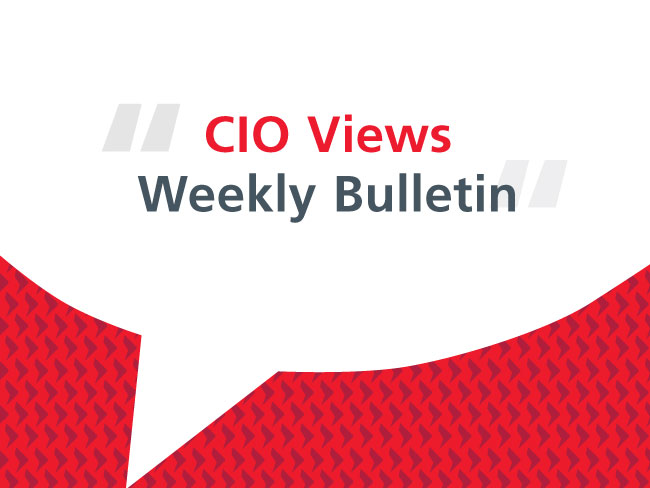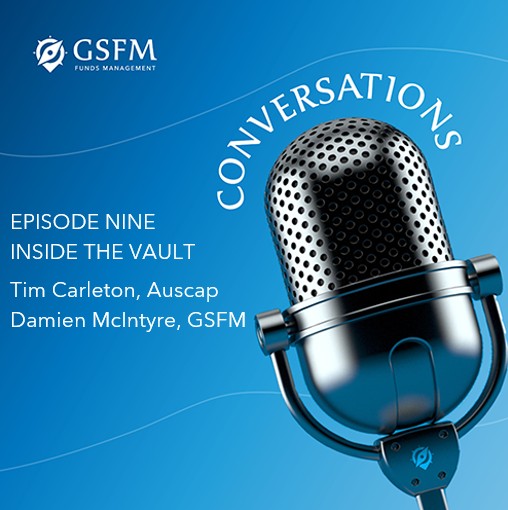The big fear leading into Wednesday night’s US February CPI release was that it might reinforce the notion that the US is headed for a version of ‘stagflation lite’ where inflation proves “sticky” while growth subsides at potentially a fast enough rate to add to fears that the US economy slips into recession. That circumstance was thought to limit the Fed’s ability to manoeuvre should current indications of a slowing economy gather pace, leading to greater dislocation in the labour market.
In the end, the inflation picture was not quite as bad as had been expected, let alone feared.
While the extent of the better news on the inflation front is probably insufficient to elicit a rate cut when the Fed’s FOMC meets next week, it certainly gives the Fed a little more “wiggle-room” to respond to adverse growth news at subsequent meetings.
That said, the much-talked-about “last-mile” challenges on inflation persist.
The better result largely reflected a fall in the price of airfares.
Certainly, it is clear that there has been little progress on inflation (indeed, arguably, there has been some deterioration) since the Fed commenced the easing process in September 2024 (see details section below). So the ‘stagflation-lite’ scenario remains plausible.
Maybe it was the ongoing concern about inflation that saw a somewhat underwhelming reaction from the bond market. Although, to put in context, the bond market has rallied strongly following the jolt it got from January’s adverse CPI picture.
Equity markets appeared to breathe a sigh of relief after being battered by emergent recession fears over the last couple of weeks, but it was a far from convincing rally.
Click here to read Stephen Miller’s full opinion piece.





